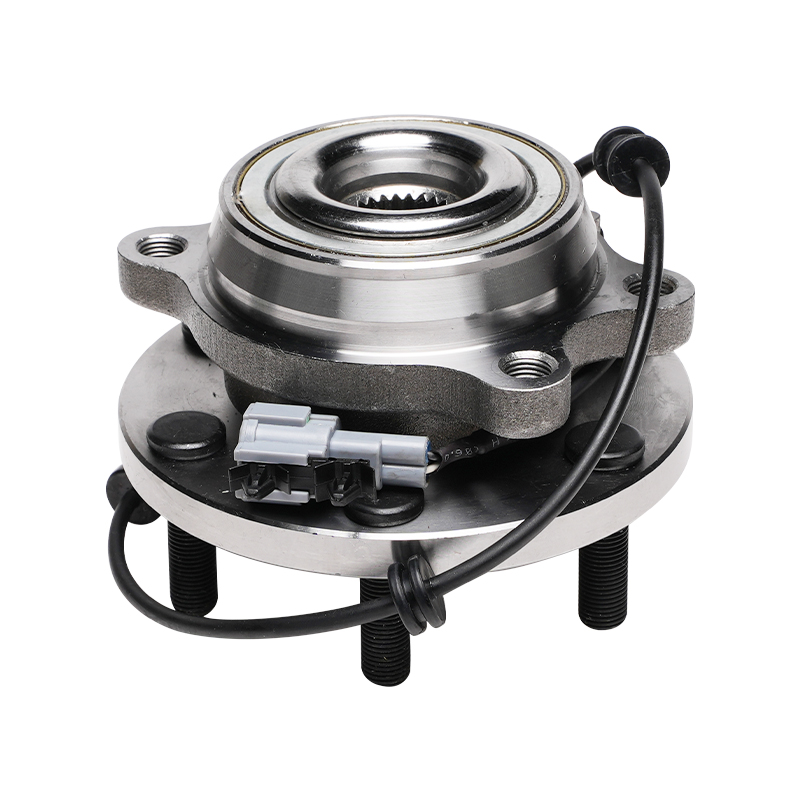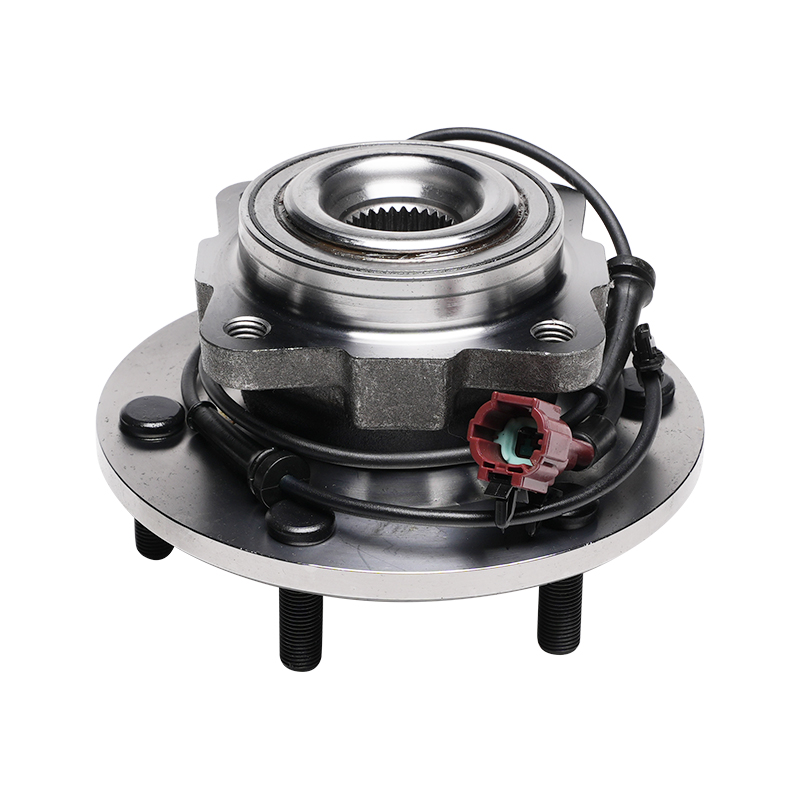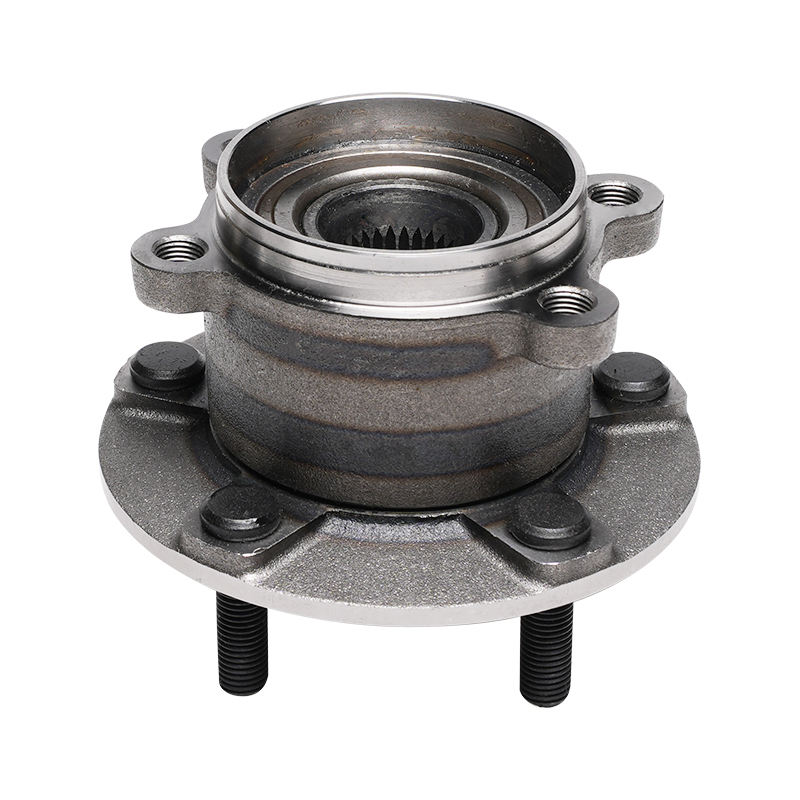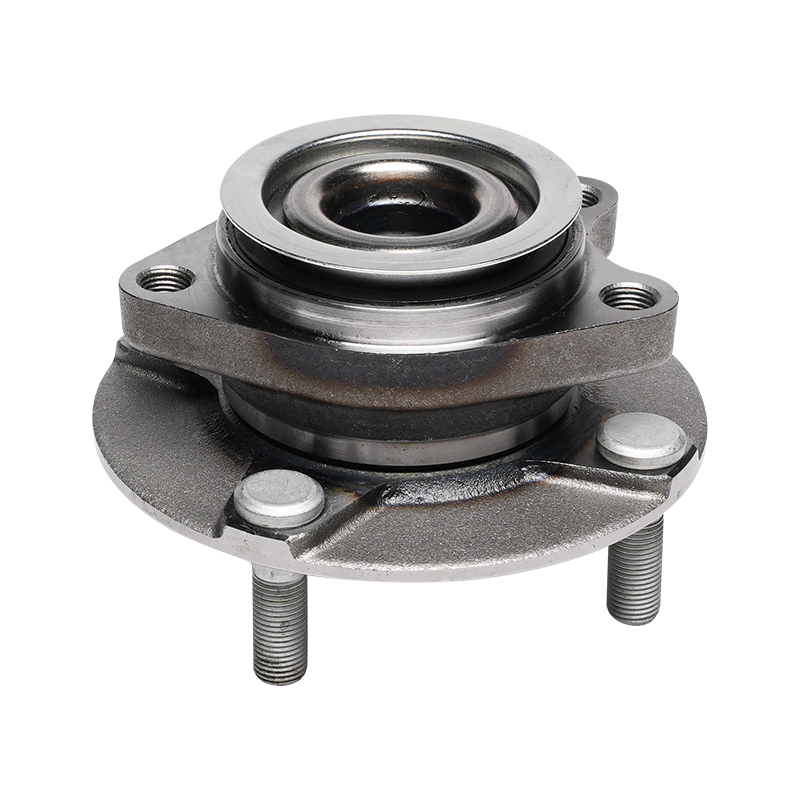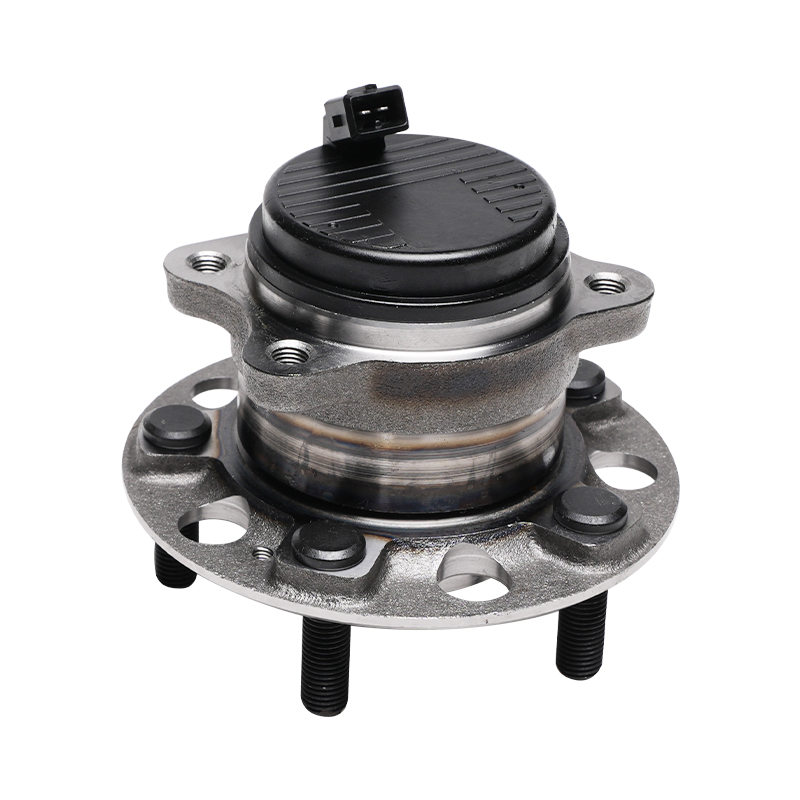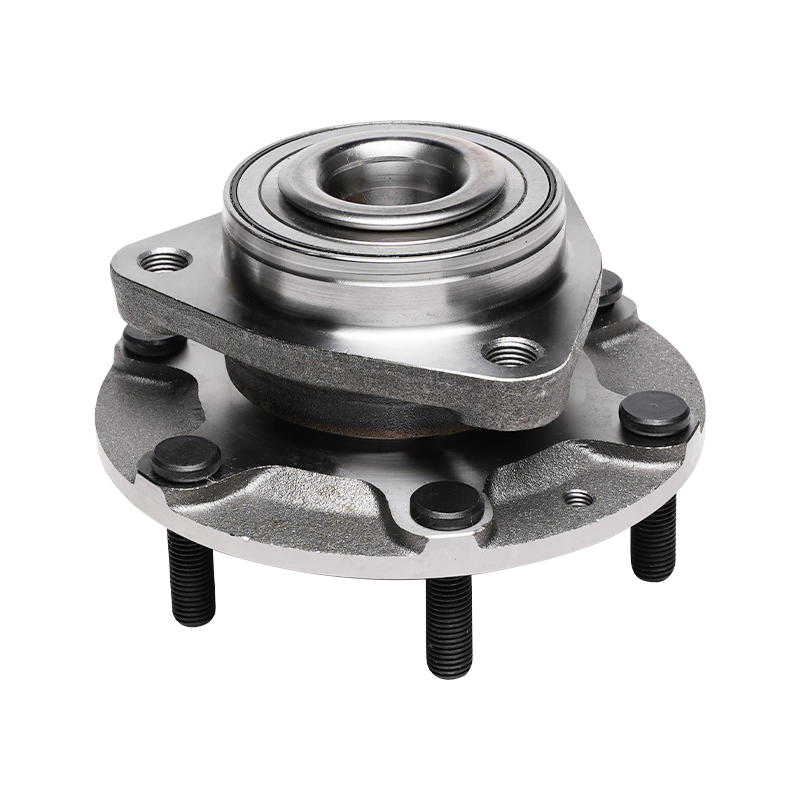Request for a call today
Wheel Hub Units: Key components for vehicle driving stability
 2025.06.01
2025.06.01
 Industry News
Industry News
In modern automobile manufacturing, Wheel Hub Units are one of the core components in the vehicle chassis system, which is directly related to the vehicle's handling, safety and overall performance. With the development of lightweight and intelligent vehicles, the structure, material and integration technology of wheel hub units are also evolving.
What are Wheel Hub Units? ——Basic structure and function of wheel hub units
The wheel hub unit (WHU) is a transition structure connecting the wheel and the body suspension system. Its main functions include:
Carrying the weight of the vehicle;
Ensuring smooth rotation of the wheel;
Working in conjunction with the braking system, ABS sensor, drive axle, etc.;
Withstanding impact loads and lateral forces transmitted from the ground.
The traditional wheel hub and bearing split structure has been gradually replaced by integrated wheel hub units. Integrated wheel hub units not only improve sealing performance and durability, but also significantly reduce assembly complexity and maintenance costs.

Classification of wheel hub units - technological evolution from the first generation to the third generation
Depending on the degree of structural integration, Wheel Hub Units can be roughly divided into three generations:
First generation (Gen 1):
It consists of double-row ball bearings or tapered roller bearings, with separate inner and outer ring structures. The bearings need to be pressed into the wheel hub through an external shaft head or flange.
Second generation (Gen 2):
The wheel hub flange is integrated with the outer ring of the bearing. The structure is more compact after pre-tightening. It also comes with a magnetic encoder ring to support the ABS system, but it still needs to be fixed externally.
Third generation (Gen 3):
The wheel hub flange is integrated with the drive shaft flange, which has a more compact structure, higher rigidity, and faster installation. It is widely used in passenger cars and light commercial vehicles. Some models also have built-in speed sensors to support advanced electronic control systems such as ESP.
Analysis of materials and manufacturing processes - key factors for improving performance
The wheel hub unit needs to withstand a complex load environment, so its materials and manufacturing processes are particularly critical:
Material selection: Commonly used materials are high-strength alloy steel (such as GCr15 bearing steel), and some high-end products use lightweight materials such as ceramic ball bearings and heat-treated aluminum alloys;
Processing technology: Use CNC precision processing technology to ensure the coaxiality, balance and contact accuracy of the wheel hub flange and the bearing seat;
Heat treatment and surface treatment: Enhance wear resistance and corrosion resistance through quenching, carburizing, phosphating, electroplating and other processes.

Performance testing and failure mode of wheel hub units
In order to ensure the safety of the entire vehicle, Wheel Hub Units need to pass strict performance tests:
Rotation torque detection: Test whether the bearing is smooth, whether there is a blockage or too loose problem;
Radial and axial clearance detection: Detect the impact of bearing clearance on vehicle steering stability;
NVH (noise, vibration, and harshness) test: Reduce mechanical noise during operation;
High and low temperature durability test: Examine the performance retention of materials and grease in extreme climates.
Common failure modes include:
Bearing wear or jamming;
Grease failure or leakage;
Flange deformation or bolt loosening;
Built-in sensor failure.
Future development trend of Wheel Hub Units
Driven by the wave of "intelligent driving + electrification", Wheel Hub Units are evolving towards a more intelligent, lightweight and modular direction:
Intelligent integration:
Wheel hub units above the third generation have integrated system sensors such as ABS and ESP. In the future, they may be further linked with systems such as tire pressure monitoring, torque monitoring, and electromagnetic braking.
Lightweight materials:
Carbon fiber reinforced composite materials, aluminum-titanium alloys, etc. will become new options to replace traditional steel to meet the lightweight needs of new energy vehicles.
Modular design:
Through standardized wheel hub modules, vehicle manufacturers can achieve platform-based vehicle manufacturing, greatly improving assembly efficiency and parts versatility.
Wheel Hub Units are related to the driving stability, safe braking and control accuracy of the entire vehicle. With the continuous upgrading of automotive technology, the requirements for wheel hub units are also rising. Whether it is a vehicle manufacturer or a parts supplier, only by continuous innovation in materials, processes, testing and intelligence can they occupy a place in the fierce market.

